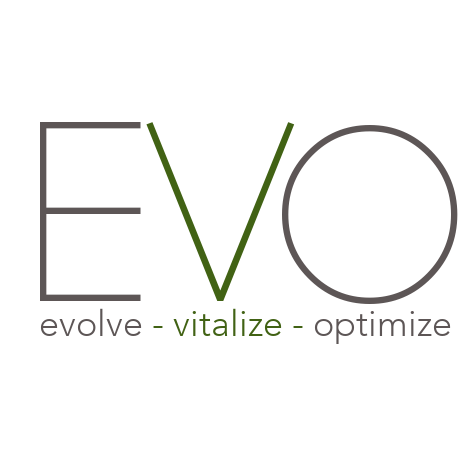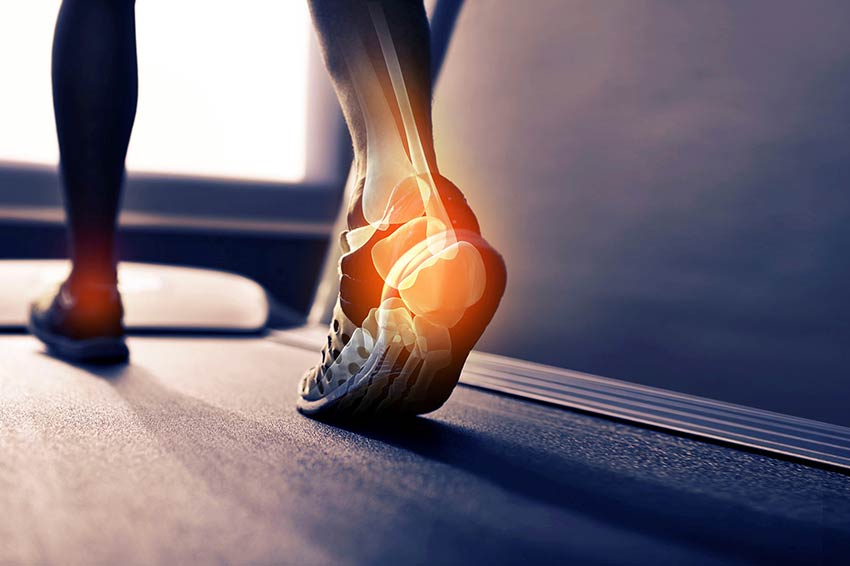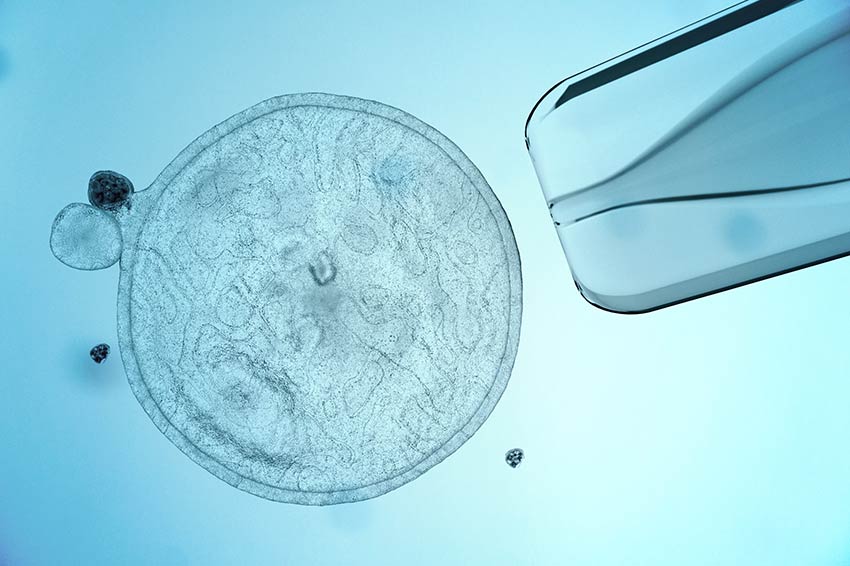
Stem cells first came to the attention of the general public some years ago, when a political battle over federal funding of embryonic stem cell lines raised temperatures across the political spectrum.
Media coverage focused on the drama of polarized politics even then, and many people still don’t know exactly what stem cells are, where they come from, and how they work. Do they have something to do with human cloning? Abortion? Dolly the sheep? A magical, “Star Trek”-style panacea, capable of curing all ills of man or beast?
It turns out that stem cells are pretty magical, in their own way.
Less dramatic than replicators and disease-destroying handheld laser scanners perhaps, but they contain vast potential for revolutionizing how we address a huge range of health issues, today and in the future.
Patients facing degenerative illnesses can now choose from a variety of stem cell treatments that may promise the moon – but in order to determine what approach is best, we first have to understand the role of stem cells, their sources, and how health practitioners put them to work for us.
What are Stem Cells?
In a nutshell, stem cells are cells that can transform into other cells. They’re present in all multicellular organisms, including humans at all stages of development.
In medicine, stem cells can be used to repair and replace tissue that has been damaged by any number of illnesses, as well as trauma and simple aging. Critical differences, essential to patients, lie in where stem cells are found.
Where Do Stem Cells Come From?
Embryonic Stem Cells
This is the source that caused so much controversy when stem cells first appeared on the political scene.
Embryonic stem cells are derived from blastocysts – human embryos only a few days old, usually the result of IVF (in-vitro fertilization), and donated by IVF patients with informed consent. Embryonic stem cells are extremely potent, because their “job” is to develop into all the cells necessary to create a complete human body.
However, there are numerous drawbacks to their use, including the development of tumors called teratomas. Embryonic cells must be cultured, an expensive process that can take a considerable amount of time. Patients may have moral concerns about the medical use of human embryos. And ongoing clinical research is still determining how best to deploy these “wildcard” cells.
On a related note, patients may run across mention of induced pluripotent stem cells – iPSCS – which are similar to embryonic stem cells and derived from the patient’s own skin. However, the sourcing process still requires use of a blastocyst, and involves the same risks and ethical quandaries.
Placental and Cord Blood Stem Cells
Harvested from the umbilical cords and placentas of healthy newborns, these stem cells appear to be most effective in combating blood and circulatory disorders.
Patients receiving stem cell transplants from placental or cord blood will need to be a “match” for the donor, as if they were receiving a transplanted organ
Live Cell Therapy
Live Cell Therapy is an advanced method of deriving stem cells from animals by removing animal markers from the cells. This approach makes it safe to use on humans as opposed to fresh cell therapy which holds risks of transferring disease to humans.
Sheep stem cells derived from fetal lambs have been singled out as dangerous. The Centers for Disease Control says “baaaaah” to this practice, because there are numerous diseases, including Q fever, that are transmissible between sheep and humans.
Blood Stem Cells
Also known by a tongue twister name, hematopoietic stem cells. Found in the patient’s own blood and bone marrow, these stem cells can differentiate into the building blocks of blood, and may be an important consideration in treating immune, blood and circulatory disorders, without the compatibility problems associated with cord blood.
Adipose Stem Cells
These are derived from the patient’s own fat stores, via minor, minimally invasive liposuction. They can differentiate into a wide range of tissue, including bone, cartilage, nerves and muscle among many others, and since they are mature, there’s no risk of the chaotic replication sometimes associated with embryonic cells. They simply remain dormant until they find tissues that need to be repaired and replaced.
Previously, bone marrow was the preferred source for this type of cell, but new research indicates that they occur in higher concentrations in fat, and can be easily harvested without the painful, complicated procedure necessary to extract bone marrow. Adipose stem cell treatments can be considerably less expensive than other methods. And since they come from the patient’s own body, he or she won’t have to worry about compatibility or rejection.
The EVO Approach
Evo’s treatment protocol for Lyme disease and other degenerative conditions involves Stromal Vascular Fraction – an extract from the patient’s own fat. It contains those versatile, user-friendly adipose-derived stem cells, along with an array of other beneficial cells – including blood stem cells –and supportive growth factors.
When administered, SVF triggers a systemic healing response that activates the body’s own capacity to rebuild itself. It’s not an instant remedy straight out of science fiction, but our bodies are remarkable, and they want to heal. Sometimes, they just need a little help.
Unlike other stem cell therapy programs, which can involve untried technologies – some of which are banned in the United States, or haven’t been adequately studied in the contexts in which they’re applied, or may even cause tumor growth among other serious problems – SVF has been extensively tested and proven safe to use over many years.
And unlike other medical practices that sell stem cell treatments, Infusio offers a comprehensive, long-term integrative program that supports the whole patient, in order to optimize cell terrain and allow those remarkable stem cells to do the work they were created for.




